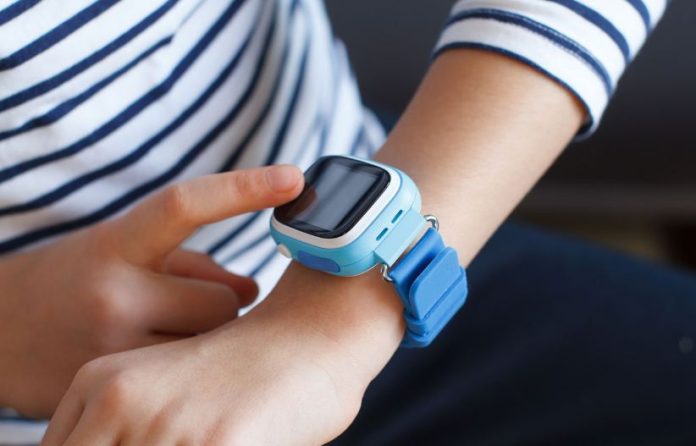GPS technology has been available for some time. The array of satellites originally designed for government and security use now provide consumers with a great deal of desired information.
Demand for GPS products has exploded, as drivers rely on GPS-based systems for travel directions, and sportsmen and adventurers use GPS technology for their safety.
Tracking the whereabouts of children is an intuitive use for GPS, but until recently, there were not many products available in the marketplace.
GPS systems were not shelved due to fears of inadequate consumer demand. Parents are very attracted to the idea of GPS tracking and have already started purchasing GPS child tracking systems in earnest.
Demand for these products was correctly assumed to be very high from the beginning. Concerns regarding potential liability and public relations issues associated with product failure, however, did slow the development of child tracking GPS technologies.
Recently, however, a spate of new GPS products designed to help track children demonstrate that these worries are disappearing.
Manufacturers have been considering child tracking GPS systems for some time. However, there were significant liability concerns that stood in the way of widespread release.
If a product were designed and advertised as a mechanism to provide a greater degree of child safety, any system failure could have disastrous consequences.
It is not hard to imagine a parent pursuing civil legal action against a manufacturer in the event a GPS system failed to provide accurate information in the case of a missing child, for instance.
A consideration of the potential damages in a case of this sort, and the expenses inherent in defending against it, served as a strong disincentive for those contemplating the sale of GPS child tracking systems.
Regardless of the outcome of any court activity, manufacturers were also keenly aware that any product failure could represent a serious public relations problem.
Missing child cases, for instance, are often highly publicized.
Should a child who was using malfunctioning GPS tracking technology “disappear“, providers realized they would receive a surplus of very negative publicity, as the media would undoubtedly point out the product failure again and again.
If one considers a high-profile child abduction case and the attendant media coverage, they can begin to understand the possible negative ramifications to a GPS tracking system producer.
Today, however, GPS tracking systems are being made available to the public. The introduction of these child safety tools is a direct outgrowth of product improvement and increased reliability.
Child tracking system providers are comfortable that their products will function effectively and “as advertised“.
The high level of reliance found in current GPS child tracking offerings has overcome two of the formerly experienced barriers to product introduction.
It may be too soon to argue that child tracking via GPS is “foolproof” or one hundred percent reliable.
However, the influx of new products clearly illustrates that producers are convinced their products will perform correctly.
Considering the potential downside of a poor performing GPS tracking device or system, manufacturers would not release these new products without a solid belief in their functionality.

